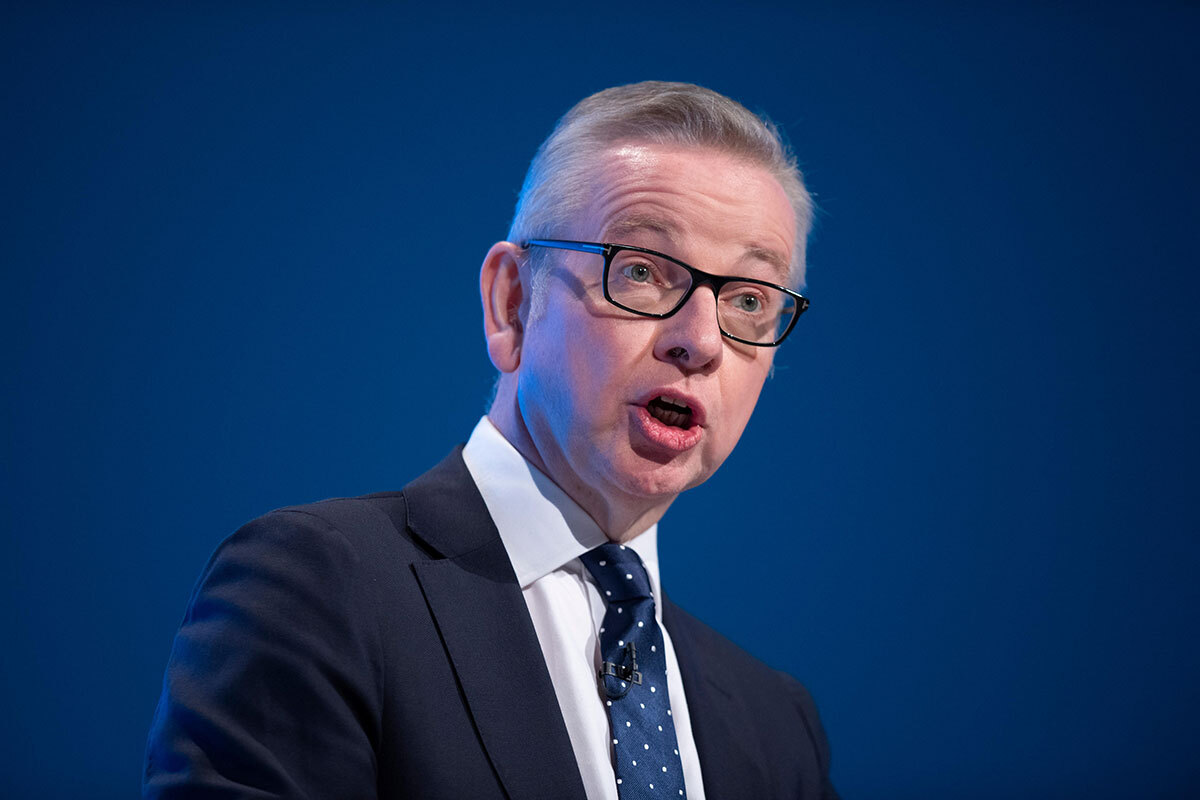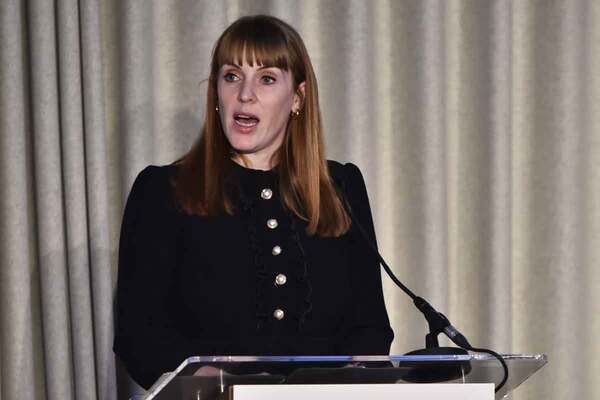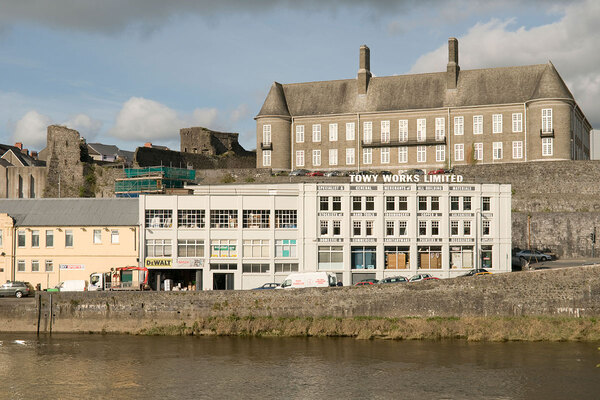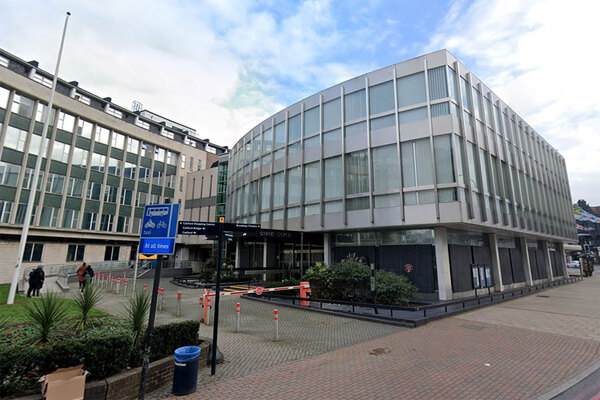You are viewing 1 of your 1 free articles
Gove announces two-and-a-half-year transition for second staircases
Developers will have a transitional period of two-and-a-half years before they have to put a second staircase into buildings that are 18 metres or taller, the housing secretary has announced.

Announcing the intended transitional arrangements for the policy in a statement on Tuesday, Michael Gove said this period will begin from the date the government publishes and confirms the changes to Approved Document B – the government’s building guidance covering fire safety.
House builders will then have 30 months from this date, during which new building regulations applications can conform to the guidance “as it exists today, or to the updated guidance”.
In July, Mr Gove confirmed that the government will impose a requirement for second staircases on all new buildings that are 18 metres or taller, lowered from the 30 metres proposed when the initial consultation on the policy launched.
He said this followed “confirmation from expert bodies that they support this threshold”.
At the time, Mr Gove said interim measures will be put in place with the “aim of securing the viability of projects which are already underway”.
There have been regular reports of schemes being cancelled or delayed due to the uncertainty while a government decision was pending.
A coalition led by the Royal Institute of British Architects, which also included the Chartered Institute of Building, the National Fire Chiefs Council and disability rights groups, had called on Mr Gove to impose the threshold at a lower height “to make the built environment as safe as it can be”.
In August, a group of 29 fire safety professionals called on the government to scrap the 18 metres requirement, contradicting previous calls, claiming “there is no evidence” that the policy follows “data, science and expert advice” and that it could lead to “false confidence in safety”.
Research carried out by McGill University in Montreal comparing 30 international building codes demonstrated that only the UK and South Korea had no requirement for a second staircase, with countries such as the United States, Ireland and Canada imposing requirements at four storeys and below.
A single staircase was one of the complicating factors at Grenfell Tower. After firefighters based their operations in the stairwell and wedged open doors to run hoses, the stairwell was filled with smoke from burning flats, which hindered residents’ escape.
In his statement on Tuesday, Mr Gove said the government is “committed to ensuring that people can be confident that our buildings are safe”.
He added: “In July, I confirmed that I intend to introduce new guidance requiring second staircases in new residential buildings in England above 18 metres.
“This not only reflects the views of experts including the National Fire Chiefs Council and Royal Institute of British Architects, but also brings us into line with countries – including Hong Kong and the UAE [United Arab Emirates] – in having a reasonable threshold for requiring second staircases.”
After the two-and-half-year transition period, Mr Gove said “all applications will need to conform to the new guidance”.
Any approved applications that do not follow the new guidance will have 18 months for construction to “get underway in earnest”. If not, they will have to submit a new application following the new guidance.
“Sufficient progress, for this purpose, will match the definition set out in the Building (Higher-Risk Buildings Procedures) (England) Regulations 2023 and will therefore be when the pouring of concrete for either the permanent placement of trench, pad or raft foundations, or for the permanent placement of piling has started,” Mr Gove said.
He added that the transitional arrangements will ensure that projects which already have planning permission with a single staircase, “the safety of which will have been considered as part of that application”, can continue without further delay if they choose.
Mr Gove said: “I want to be absolutely clear that existing and upcoming single-staircase buildings are not inherently unsafe.
“They will not later need to have a second staircase added, when built in accordance with relevant standards, well maintained and properly managed.
“I expect lenders, managing agents, insurers and others to behave accordingly, and not to impose onerous additional requirements, hurdles or criteria on single-staircase buildings in lending, pricing, management or any other respect.
“Those who live in new buildings over 18 metres can be reassured that those buildings are already subject to the additional scrutiny of the new, enhanced building safety regime.”
Mr Gove added that the Building Safety Regulator is working to agree the design details that will go into Approved Document B “rapidly” and said he will make a further announcement soon.
Sign up for our fire safety newsletter
Already have an account? Click here to manage your newsletters











